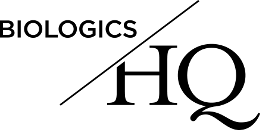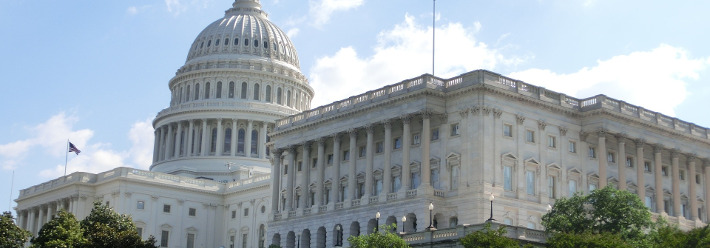On June 22, 2023, Senators Thom Tillis (R-N.C.) and Chris Coons (D-Del.) announced the reintroduction of legislation to reform the patent eligibility requirements under 35 U.S.C. § 101. The “Patent Eligibility and Restoration Act of 2023,” similar to the “Patent Eligibility and Restoration Act of 2022” introduced in August 2022, seeks to clarify which inventions are eligible for patenting in the U.S. According to the bill, judicial exceptions to § 101 have rendered an increasing number of inventions ineligible for patent protection, and judicial efforts to interpret the exceptions have led to “extensive confusion and a lack of consistency.” In fact, all 12 of the Federal Circuit justices have expressed frustration with the state of § 101 law. If the bill were passed, it would overturn the Supreme Court decisions in Mayo, Alice, and Myriad.
Under the bill, all judicial exceptions to patent eligibility would be eliminated. Any invention or discovery that can be claimed as a useful process, machine, manufacture, or composition of matter, or any useful improvement thereof, would be eligible for patent protection, except as explicitly provided in the bill. The bill includes the following inventions that would not be eligible for patent protection:
- A mathematical formula that is not part of an invention in a category that is patent eligible;
- A mental process performed solely in the mind of a human being;
- A process that occurs in nature wholly independent of, and prior to, any human activity;
- An unmodified human gene, as that gene exists in the human body;
- An unmodified natural material, as that material exists in nature;
- A process that is substantially economic, financial, business, social, cultural, or artistic. Some examples given of claims that are not eligible are process claims drawn solely to the steps undertaken by human beings in methods of doing business, performing dance moves, offering marriage proposals, and adding a non-essential reference to a computer by merely stating, for example, “do it on a computer.”
Any process that cannot practically be performed without the use of a machine, including a computer, or manufacture would be patent eligible.
While the exceptions generally track those in the previous 2022 bill, the examples of claims that are not eligible process claims were added to this iteration. While the exceptions and examples seek to provide additional clarity on patent eligibility, it is unclear how they may impact interpretation of the proposed new standard.
There are some particular aspects of the bill that may impact life sciences patents, as the legislation specifically states that genes that are isolated, purified, enriched, or otherwise altered by human activity would not be considered “unmodified” and therefore would be patent eligible. Further, human genes otherwise employed in a useful invention or discovery would also be patent eligible.
Additionally, the legislation would require that eligibility is determined by considering the claimed invention as a whole, without regard to how the invention was made, and considerations that are covered in other sections (102, 103, or 112) such as the state of the art at the time of the invention, are not to be considered when determining whether the subject matter is patent eligible. Finally the bill requires that patent eligibility be decided without considering whether a claim element is known, conventional, routine, or naturally occurring, which has been a frequently cited reason for invalidating claims in the life sciences.
In infringement actions, the bill states that a court can determine whether an invention is patent eligible at any time, and can consider limited discovery with relation to the subject matter eligibility issue.
The text of the bill can be found here.


